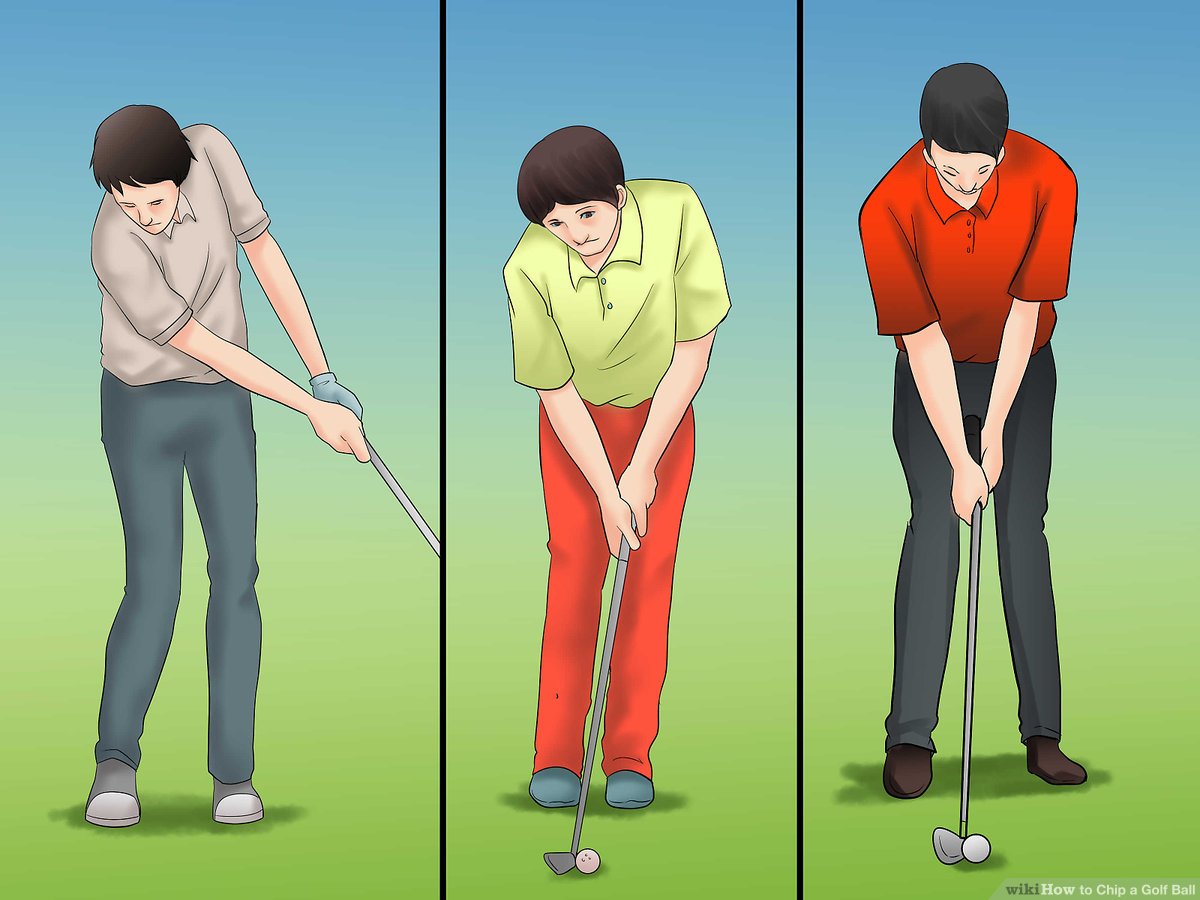How To Chip A Golf Ball

Golf is a game of precision and consistency, and one of the most important skills to master is chipping. Whether you’re trying to get up and down from around the green or hitting a short approach shot, a good chip shot can save you strokes and help you lower your score. However, chipping can be a challenging aspect of the game, even for experienced golfers. Consistency is key when it comes to chipping, and mastering the right technique can take time and practice. In this guide, we will go over some tips and tricks to help you chip a golf ball consistently, no matter what your skill level is. We will cover everything from proper setup and technique to different types of chip shots and practice drills. So, whether you’re a beginner or a seasoned golfer looking to improve your chipping game, this guide is for you. Let’s get started!

Understanding the Basics of Chipping
Before we dive into the tips and techniques, it’s essential to understand the basics of chipping. Chipping involves a short backswing, a descending blow on the ball, and minimal follow-through. Unlike a full swing, the power generated in a chip comes from a combination of clubhead speed and loft. The club’s loft creates backspin, which causes the ball to stop quickly after it lands.
Tips for Chipping
Here are some tips to help you improve your chipping technique and consistency:
1. Use the Right Club
Choosing the right club is crucial to successful chipping. Generally, golfers use a wedge, either a pitching wedge, sand wedge, or lob wedge, for chipping. Each wedge has different loft angles, which affect the trajectory and spin of the ball. Experiment with different wedges to find the one that works best for you.
2. Establish a Consistent Setup
Your setup for chipping should be consistent to improve your accuracy and consistency. Here are some key points to keep in mind when setting up for a chip shot:
- Place the ball in the center of your stance.
- Position your weight slightly on your front foot.
- Open your stance slightly.
- Keep your hands forward and the shaft leaning towards the target.
3. Focus on the Landing Spot
When chipping, focus on where you want the ball to land, rather than the hole itself. Identify a spot on the green where you want the ball to land, and then focus on hitting that spot. This approach will help you to control the distance and trajectory of your shot.
4. Use a Pendulum Motion
A pendulum motion is an excellent technique for consistent chipping. To use a pendulum motion, keep your wrists firm and use your shoulders to create a smooth, even swing. Avoid using your hands to manipulate the club, as this can lead to inconsistency.
5. Practice with Different Lies
Chipping from different lies, such as uphill, downhill, or from the rough, requires adjustments to your technique. Practice chipping from different lies to develop the skills needed to handle different course conditions.
Techniques for Chipping
Here are some techniques you can use to improve your chipping skills:
1. The Pitch-and-Run
The pitch-and-run is a low, running shot that is useful when there is plenty of green to work with. To execute a pitch-and-run shot, use a wedge with a lower loft, such as a pitching wedge, and make a shorter backswing. Focus on hitting the ball cleanly, and let the loft of the club create the backspin needed to stop the ball.
2. The Flop Shot
The flop shot is a high, soft shot that is useful when there is a hazard, such as a bunker or water, between you and the green. To execute a flop shot, use a wedge with a higher loft, such as a lob wedge, and make a bigger backswing. Focus on hitting the ball high and softly, so it lands softly and stops quickly.
3. The Bump-and-Run
The bump-and-run is a low, running shot that is useful when there is a shorter distance to the hole. To execute a bump-and-run shot, use a wedge with a lower loft
- Practice, Practice, Practice
- Importance of practice for improving chipping consistency
- Tips for practicing chipping, such as focusing on technique, using targets, and creating different scenarios
- Importance of tracking progress and adjusting practice accordingly
- Common Mistakes to Avoid
- List of common mistakes that can lead to inconsistent chipping, such as improper weight distribution, incorrect club selection, and poor alignment
- Detailed explanations of each mistake and how to avoid them
- Conclusion
- Recap of the importance of chipping in golf and the benefits of consistent chipping
- Final tips for improving chipping consistency, such as maintaining a positive mindset and seeking professional instruction if needed






